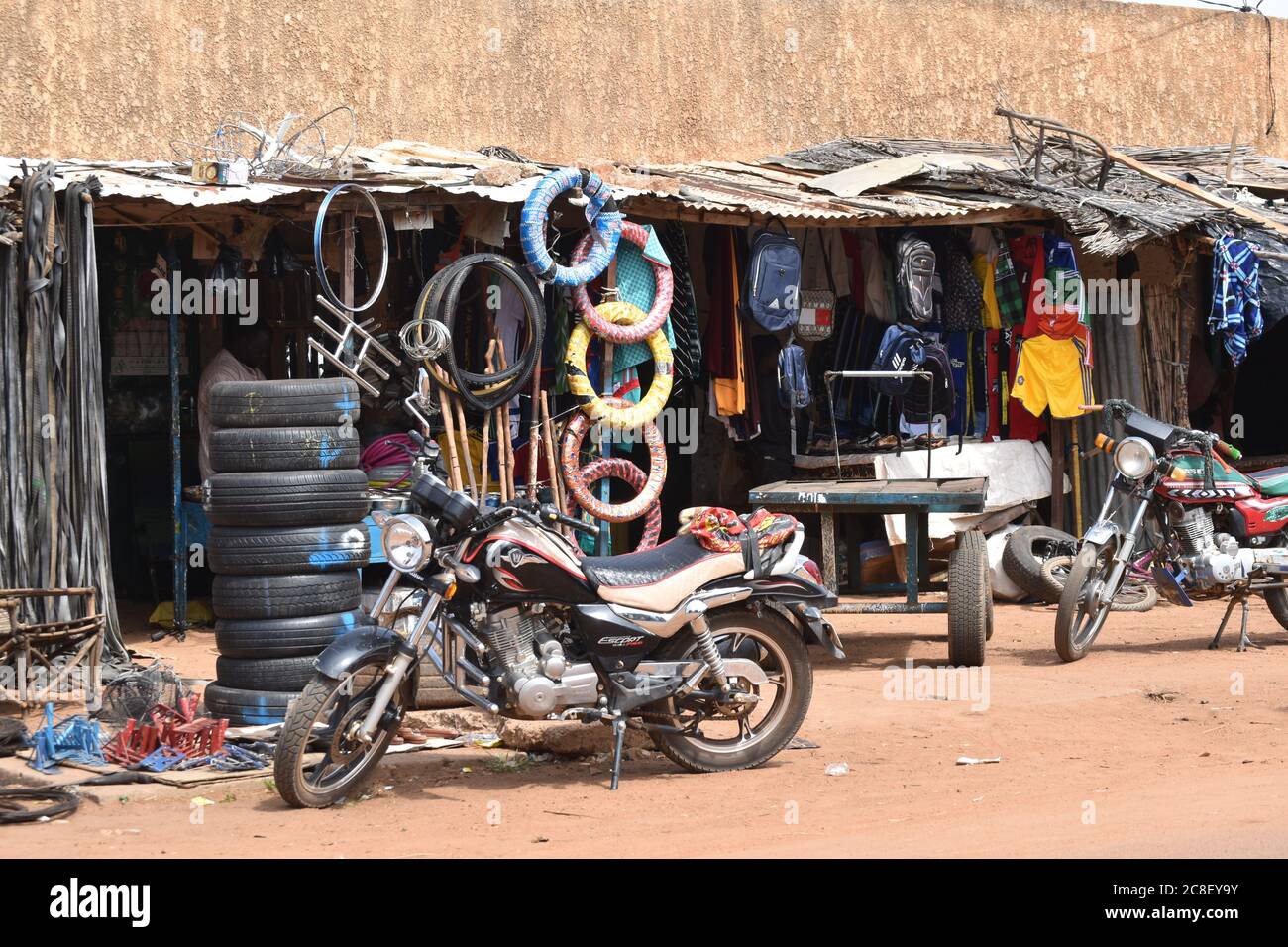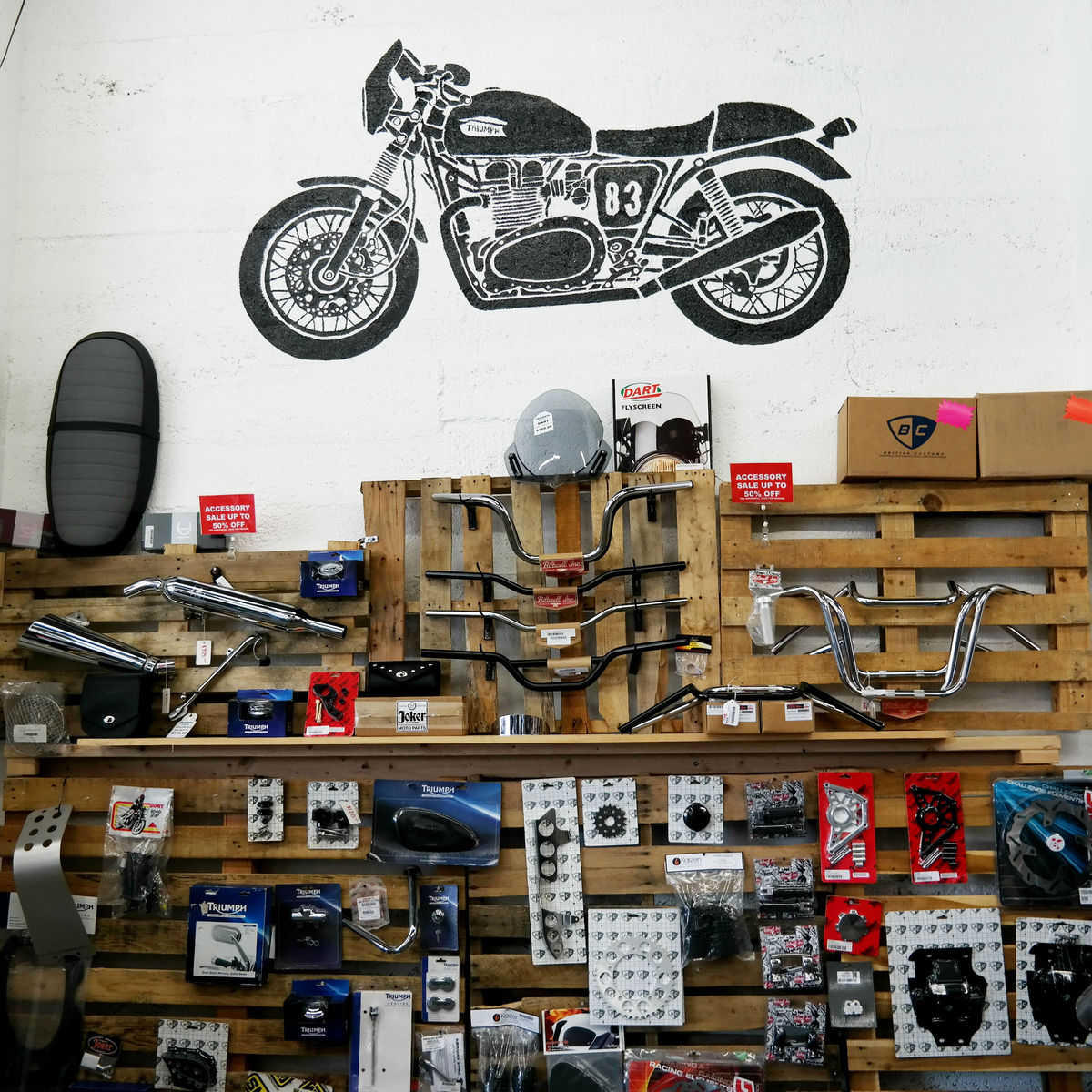Recognizing the Necessary Components of a Motorbike: A Comprehensive Overview for Enthusiasts
For motorcycle fanatics seeking to raise their riding experience and guarantee their bikes run efficiently, understanding the essential parts of a bike is paramount. Each element, from the engine's detailed workings to the crucial duty of the braking systems, not just influences performance but likewise safety and convenience. This guide will certainly walk via the essential components that every rider must know with, making it possible for notified options in both maintenance and possible upgrades. As we start this expedition, one must ask: exactly how does each element engage to create the seamless adventure every lover seeks?
Engine Components

The camshaft plays an important duty in controlling the timing of the engine's shutoffs, making certain the precise opening and closing required for effective fuel and air consumption, as well as exhaust expulsion. This timing is vital to keeping optimum engine efficiency and efficiency. In addition, the carburetor or fuel shot system, depending upon the bike design, is accountable for blending air with gas in the right proportion for burning.
The air conditioning system, either air or liquid-based, works to preserve the engine's temperature level within functional restrictions, preventing getting too hot and ensuring durability - motox parts nz. Each part, diligently created and integrated, contributes to the seamless procedure of the engine, defining the motorcycle's power result and total performance
Transmission System
Indispensable to the bike's capability, the transmission system ensures reliable power transfer from the engine to the wheels. This system comprises several vital elements, including the clutch, transmission, and final drive, each playing an important duty in converting the engine's power right into movement. The clutch, generally operated by a hand lever, offers to involve and disengage the engine from the transmission, allowing for smooth equipment modifications and controlled acceleration.
The transmission, typically referred to as the transmission appropriate, consists of a set of equipments that bikers can manually change through to readjust the bike's rate and torque outcome. These gears are organized in a series that enables the motorcycle to speed up smoothly and keep optimal engine efficiency across different speeds. Most bikes utilize a consecutive gearbox, calling for the biker to change equipments in an established order.
Braking Mechanisms
While comprehending the transmission system is key to using a bike's power, equally crucial is the ability to regulate and stop that power efficiently, which is where braking devices come into play. Brakes are important for security and performance, offering the rider with the required control to navigate numerous surfaces and problems. Normally, motorbikes feature two types of stopping systems: disc brakes and drum brakes.
Disc brakes are much more common in contemporary bikes as a result of their exceptional efficiency. They contain a brake disc, caliper, and pads. When triggered, the caliper presses the brake pads against the spinning disc, converting kinetic energy into warm, therefore slowing the wheel. This system provides far better heat dissipation, constant efficiency, and boosted quiting power, particularly in damp problems.
Alternatively, drum brakes, though less usual, are still discovered in see some bikes. They work by pushing brake shoes against the inner surface of a drum affixed to the wheel. While normally much less efficient in warmth dissipation and quiting power, drum brakes are less complex and extra cost-efficient.
Comprehending these stopping systems' subtleties enables motorcyclists to maintain their motorcycles properly and appreciate the engineering that guarantees risk-free and effective quiting.
Suspension and Guiding
Suspension and steering systems are important parts that considerably influence a bike's handling and adventure convenience. The suspension system, including forks at the front and shock absorbers at the rear, takes in road irregularities, boosting security and control. Front forks, normally telescopic or upside down, compress and rebound to minimize impacts, while rear shock absorbers maintain tire contact with the road, critical for traction and safety.
Guiding, centered around the handlebars, attaches the cyclist to the bike's directional control. The guiding head bearings guarantee smooth procedure, enabling accurate maneuverability. Correct positioning and maintenance of these bearings are best waterproof motorcycle gloves essential for predictable guiding feedback and lowering biker tiredness.
The suspension's adjustability is another critical element; preload, damping, and rebound settings permit personalization to suit different riding conditions and designs. This adaptability is important for optimizing efficiency, whether navigating city streets or dealing with tough routes. Advancements like electronic suspension systems use real-time adjustments, boosting trip high quality across diverse terrains.

Electric Solutions
After making certain a regulated and smooth ride via reliable suspension and steering systems, attention transforms to the electric systems, an essential facet of modern bikes. These systems play an important role not just in starting the engine yet likewise in powering numerous elements that enhance the performance and safety of the motorbike.
At the heart of a motorcycle's electric system is the battery, which stores electric power required for beginning the engine and powering supporting systems - motorcycle parts nz. The generator or generator, coupled with the rectifier-regulator, ensures the battery stays billed while the bike functions, transforming mechanical energy into electrical power and maintaining voltage levels
The ignition system, an additional vital component, wikipedia reference is responsible for stiring up the air-fuel mix in the engine's cyndrical tubes. Modern motorcycles commonly utilize an electronic ignition system, using better performance and reliability compared to standard systems.
Lights systems, including headlights, tail lights, and indications, are additionally vital, guaranteeing exposure and safety and security for the biker. Added digital components such as sensors, control units, and presents contribute to innovative attributes like gas shot management, anti-lock braking systems (ABS), and digital dashboards, additionally enhancing the riding experience.
Verdict
A thorough comprehension of a motorbike's essential components, consisting of the engine, transmission system, stopping systems, suspension, steering, and electrical systems, is essential for enthusiasts aiming to maximize security, comfort, and performance. Mastery of these aspects permits notified choices concerning maintenance and upgrades, ultimately boosting the riding experience. By integrating this expertise, cyclists can guarantee their motorbikes operate at peak efficiency and dependability, thereby making the most of both enjoyment and long life of their lorries.
For motorbike lovers looking to elevate their riding experience and ensure their bikes run efficiently, understanding the essential components of a motorbike is critical.Important to the motorcycle's performance, the transmission system makes sure efficient power transfer from the engine to the wheels.While understanding the transmission system is vital to harnessing a bike's power, similarly crucial is the ability to control and quit that power successfully, which is where braking systems come into play. Typically, bikes feature 2 types of stopping systems: disc brakes and drum brakes.
A thorough understanding of a motorcycle's important elements, consisting of the engine, transmission system, stopping systems, suspension, guiding, and electrical systems, is crucial for lovers aiming to maximize comfort, efficiency, and safety.